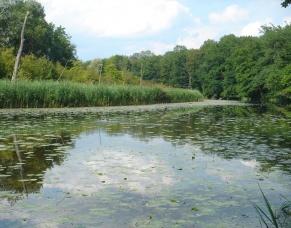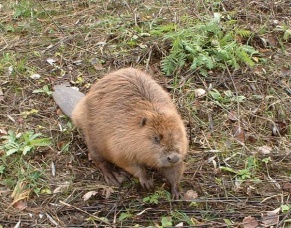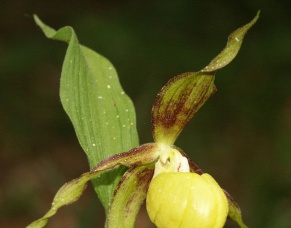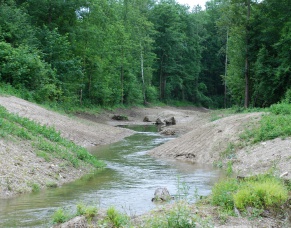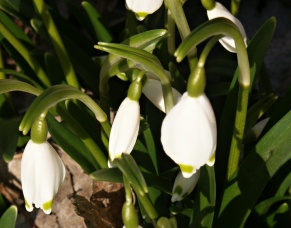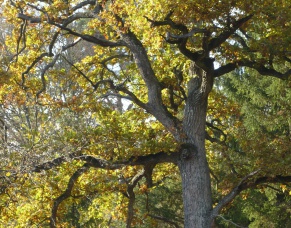Donauauwald Neuburg-Ingolstadt
Danube Riparian Forest between Neuburg and Ingolstadt
The Danube floodplain connects Neuburg and Ingolstadt. It’s one of the most important floodplain forests in Germany. For that reason the area is a necessary conservation area. The riparian forest has a conjunction with ground waters and flood waters. This changing water levels shape the riversides and the riparian forest, which builds different natural habitats.
The high offer of natural habitats is good conditions for the flora and fauna. Typical for the flora are for example spring snowflakes (Leucojum vernum), yellow lady’s slippers (Cypripedium calceolus), autumn crocuses (Colchicum autumnale) and German oaks (Quercusrobur). The spring snowflake for example is a threatened species in Germany. The population is retrogressive. At the Donau-AuwaldNeuburg-Ingolstadt it has an undisturbed retreat and blooms on thousands of square meters looking like fresh fallen snow. The high violet (Viola elatior, in Germany deeply at risk) and the “Sumpf-Greiskraut” (Senecio paludosus, in Germany at risk) are similarly native in the Danube floodplain.
The Danube floodplain is also the perfect habitat for different species, such as the European beavers (Castor fiber), red kites (Milvus milvus), collared flycatchers (Ficedula albicollis) or stag beetles (Lucanus cervus). The beaver as a natural landscaper creates new habitats, which are very important for the biodiversity. Siberian red-spotted bluethroat (Luscinias vecica) and the (common) kingfisher (Alcedo atthis) can also be found at the conservation area.
The floodplain area also links habitats with different claims like humid and dry, meagre and nutritious, open and wooded. Parts of the forest are neglected grassland. These are dry old gravel banks which heat up in summer. Plants like Hummel-Ragwurz (Ophrys holosericea) or insects like blue-winged grasshopper (Oedipoda caerulescens) favour this habitat.
A special part of the forest, the “Gerolfinger Eichenwald”, was developed from the use as a “Mittelwaldand” interspersed grasslands, meadows and even farmland. A “Mittelwald” is a form of forestry cultivation. Mainly oaks were used as overstorey, bushes and little trees between are used periodically as firewood. Today the forest is cultivated in the traditional way, which affords a habitat to e.g. the middle spotted woodpecker (Dendrocopos medius).

